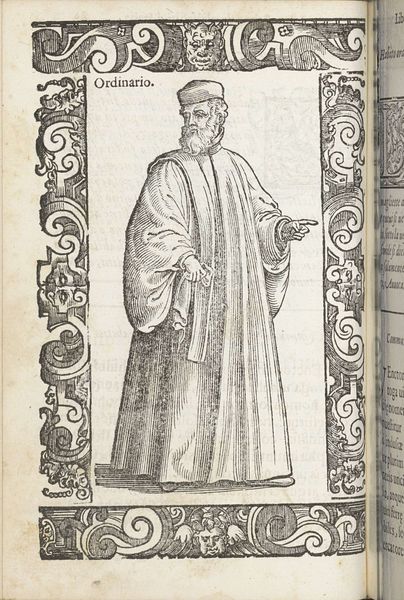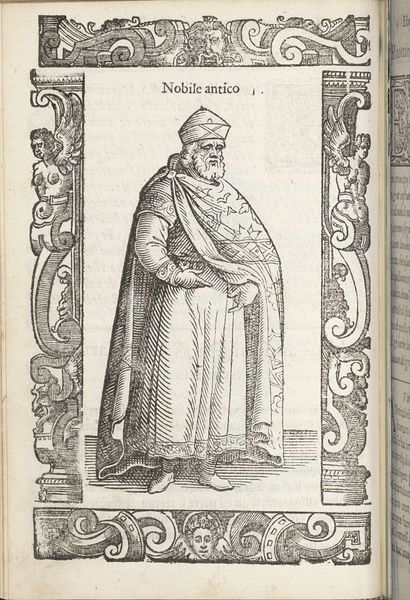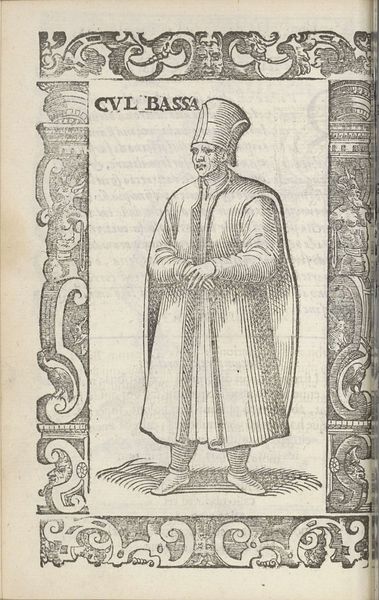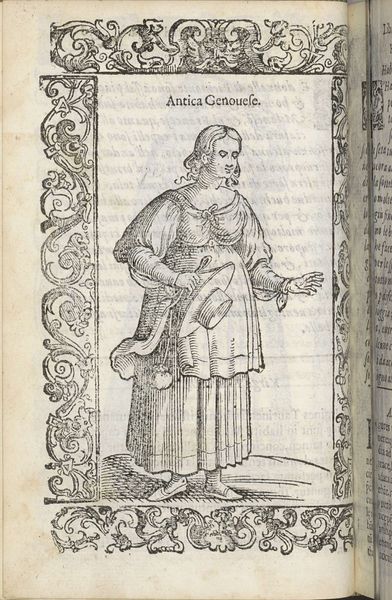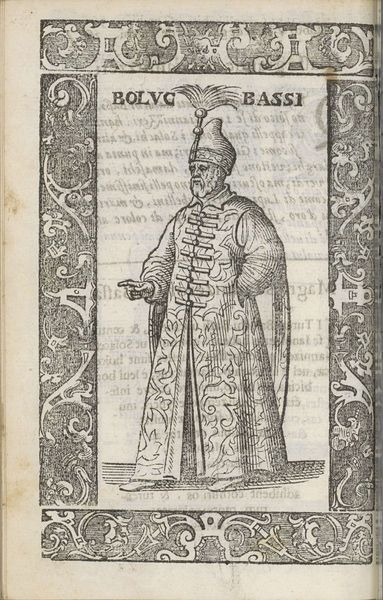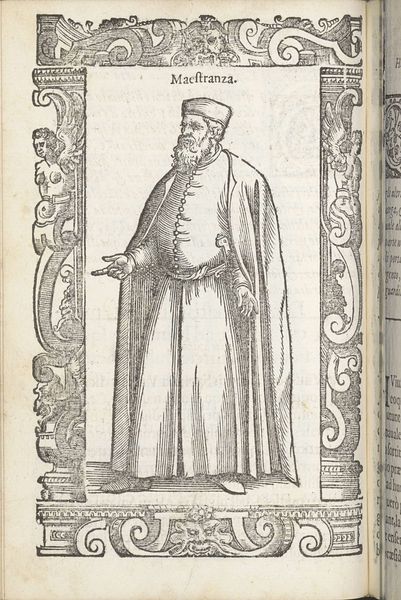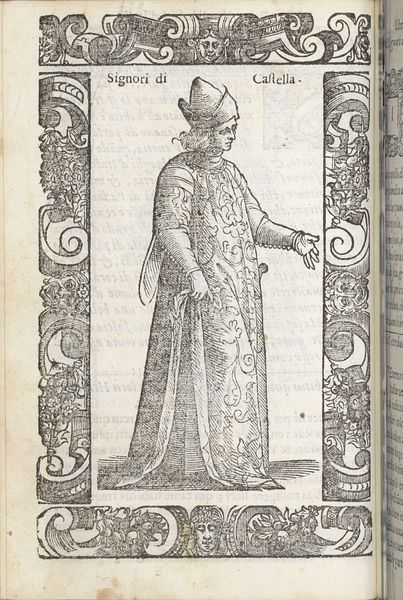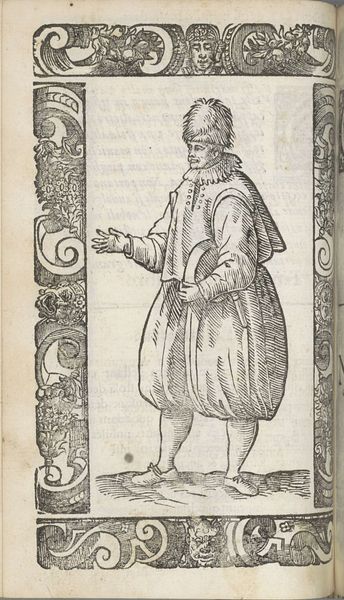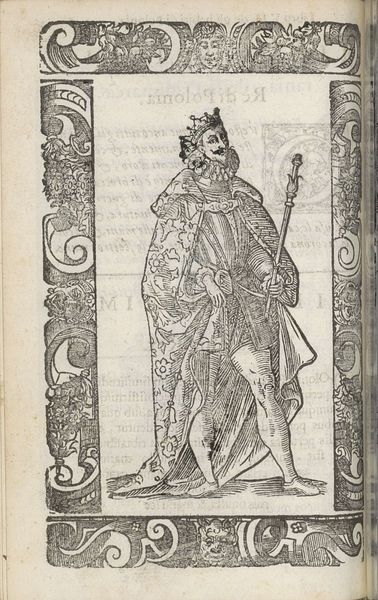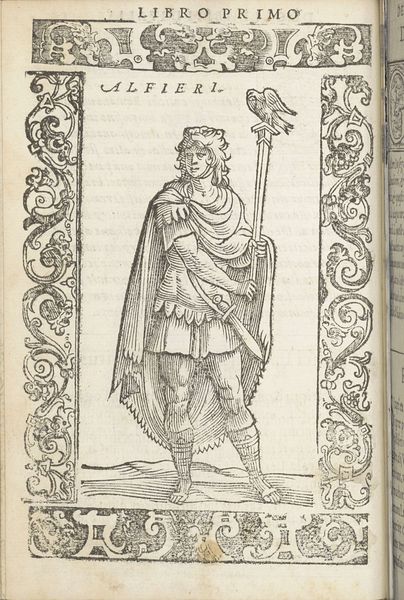
print, engraving
#
portrait
# print
#
figuration
#
line
#
italian-renaissance
#
engraving
Dimensions: height 167 mm, width 125 mm
Copyright: Rijks Museum: Open Domain
Editor: So here we have "Trojaan in kuras," an engraving by Christoph Krieger, from 1598, neatly tucked into the "Italian Renaissance" category. My first thought? There's an almost naive quality to the figure’s depiction despite the grand attire, it's a compelling contrast. How would you interpret this work? Curator: Oh, a most curious artifact! It sings to me of calculated artifice. Consider how line becomes shadow, how ornamentation, bordering the main figure like vines clinging to a hero, works as a theater of the book. The figure looks almost unsure despite his formidable dress. Perhaps a little bit trapped within that frame of glory. Does that resonate with you at all? Editor: I see what you mean! I was focusing so much on the figure, that I hadn’t thought much about what's happening around it in the piece. All the flourishes... is that all part of the staging, the theatricality? Curator: Absolutely. That "Libro Primo" heading above; consider that too! It hints at the layers of storytelling, of building an identity through representation. Each line is both decorative and defining, almost breathing life, don’t you think? And there’s an element of projection, of the artist putting words in the Trojan's costume to broadcast an ethos or message of power. What statement is that, in your opinion? Editor: A crafted power, perhaps, instead of inherent might. Interesting. Curator: Precisely. It makes you wonder about the original context. Did it serve as pure portraiture, or something more didactic or emblematic? Or something else altogether! Editor: Food for thought. All this hidden detail gives the piece so much to unpack. Curator: Yes. Looking beyond face value, seeking whispers from the lines and ornaments. It can shift our understanding considerably, right?
Comments
No comments
Be the first to comment and join the conversation on the ultimate creative platform.

